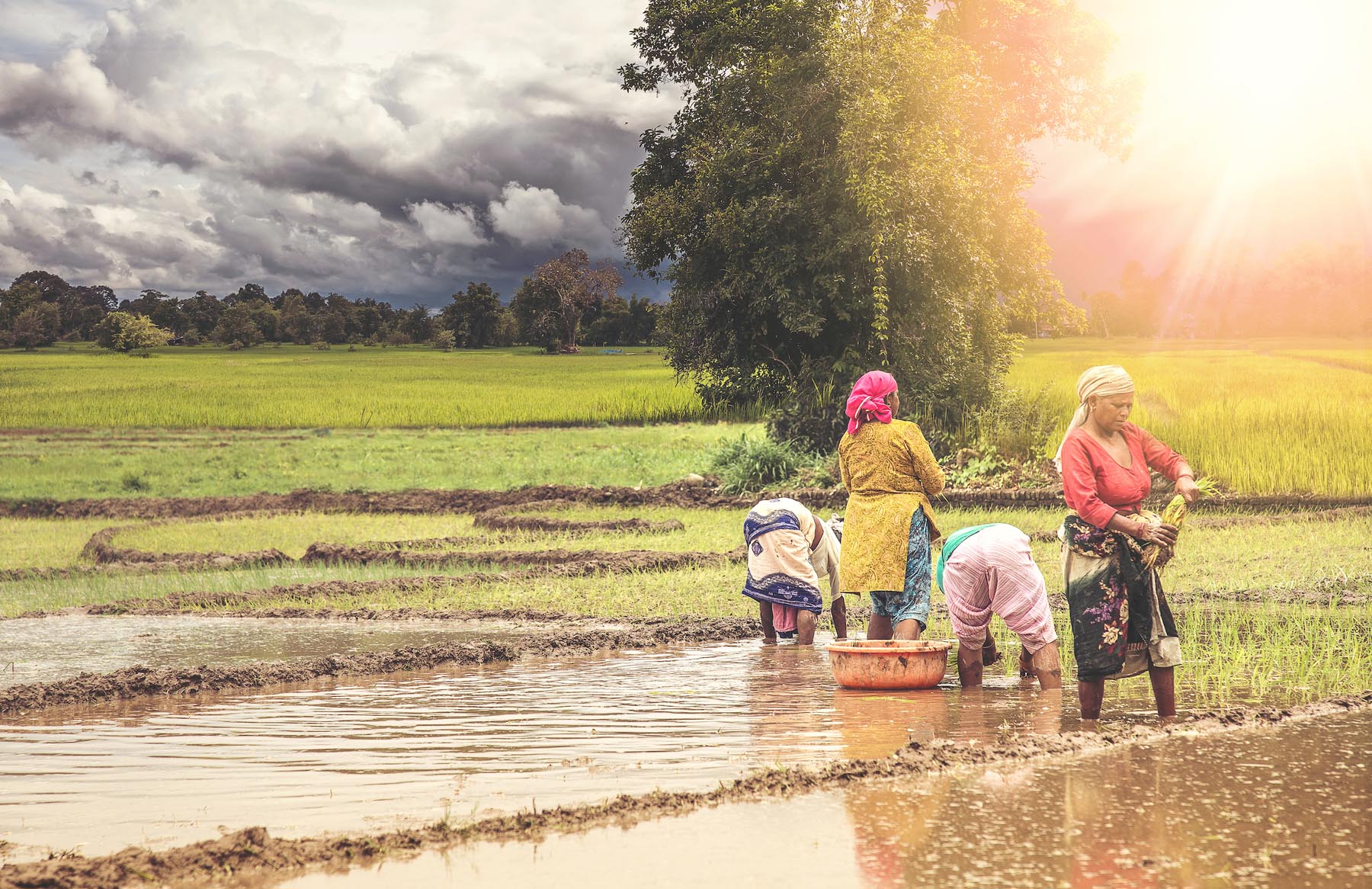Peter Holmgren is Director General, Center for International Forestry Research (CIFOR)
The goal of producing enough food for a growing population has long been at the top of the global political agenda. But in pursuit of this aim, agriculture has expanded into forestland, creating an array of environmental problems: more than 50 percent of the Earth’s forests have disappeared, and an area of forest about the size of the state of Louisiana has been lost every yearin the past decade. At the same time, half of the food produced in the world is wasted.
Related Event
Food, Forests, and Landscapes: Solutions for Sustainable Development
CIFOR-IFPRI Event
June 24, 12:15pm EDT
We now face a dilemma: how can nutritious and affordable food be supplied to the 9 billion people who are due to occupy the Earth in 2050 without accelerating deforestation and climate change, destroying biodiversity, hurting rural livelihoods and disrupting water supplies? How can agriculture and forestry contribute positively to social, economic and environmental progress?
This is a difficult equation to solve, but there are reasons to be cautiously optimistic. In recent decades, 90 percent of increases in food production have been realized on existing agricultural land. Scaling up investments in sustainable land use can improve productivity even further. Global deforestation is slowing somewhat and forests are expanding in regions whose economies are not highly dependent on agriculture. So far, we are managing to coax from the land not only enough food for everyone, but also wood and non-wood products. And with growing appreciation of the importance of forests for ecosystem services, income and nutrition, we can expect natural resources management to make a broader contribution to sustainable development.
But first we need to accurately understand the food security challenge. We will not succeed if we persist in defining it as merely a need to produce more calories. The 870 million people who do not have enough food are hungry mainly because they are poor—not because of a lack of food on the market. Simply producing more corn or wheat will ultimately be of little help to these people.
The focus on producing more calories has done little to tackle the “hidden hunger,” in which2 billion people worldwide are micronutrient deficient. In Indonesia, a G20 country, more than a third of all children are physically stunted, largely because of a lack of important nutrients in their diets: protein, vitamins and minerals like iron. Agricultural subsidies in countries such as the United States undermine local farming in developing and emerging economies. Furthermore, cheaper staple food is consumed at the expense of a more varied diet, including foods from forests.
If we target better nutrition, not just more food, the importance of forests comes into focus. Forests have supplied food for humans for millennia. Forest foods—from fruits, vegetables and herbs to insects and bushmeat—are still vital sources of nutrition for hundreds of millions of people, many of whom are among the world’s poorest. Six million tons of bushmeat is consumed in the Congo Basin each year—nearly the same as the amount of beef exported from Brazil. In rural areas of sub-Saharan Africa, children’s diets become more diverse—and diversity is a widely accepted proxy for good nutrition—with an increase in tree cover.
Forests support food security indirectly also, by maintaining water supplies, providing wood-based energy and providing habitat for wild pollinators and the predators of agricultural pests. Forests and trees bolster the resilience of food-production systems to climate change and economic, social and political instability: studies have shown that rural people in forested areas often turn to the forest for sustenance when the growing season—or the local political situation—takes a turn for the worse. Research conducted by my organization and others has found that 1.4 billion people earn on average 20 percent of their income from forests—a critical safety net, especially when crops fail.
Clearly, a new direction is needed for policy affecting both forests and food security. Researchers, policy-makers and everyone in between must think of forests and agriculture as inextricably linked—parts of a greater “landscape” that comprises not just the dynamic relationship between forests and farms, but also the socioeconomic, gender, cultural and political drivers that characterize it. Forests are direct economic and nutritional cornucopias for a quarter of humanity, and they prop up global food supplies for the rest of us. A landscape approach removes the sectoral boundaries that confine our analysis and limit our solutions.
A landscape approach may come naturally to rural communities where sectoral boundaries are less prominent and livelihoods often benefit from a variety of activities, and where the synergies between, say, trees and farming may be evident.
A bigger challenge will be to convince traditional institutions in agriculture, conservation and forestry that they should seek more effective, combined solutions that meet multiple objectives. It does not help that intergovernmental processes, such as the Convention on Climate Change, work within established sectoral boundaries. The main hurdle may be the institutional fences dividing forests and fields. The nourishment of 9 billion people, and the sustainable management of the resources on which they depend, will require all of us—scientists, governments, farmers, development experts—to think and act differently.







